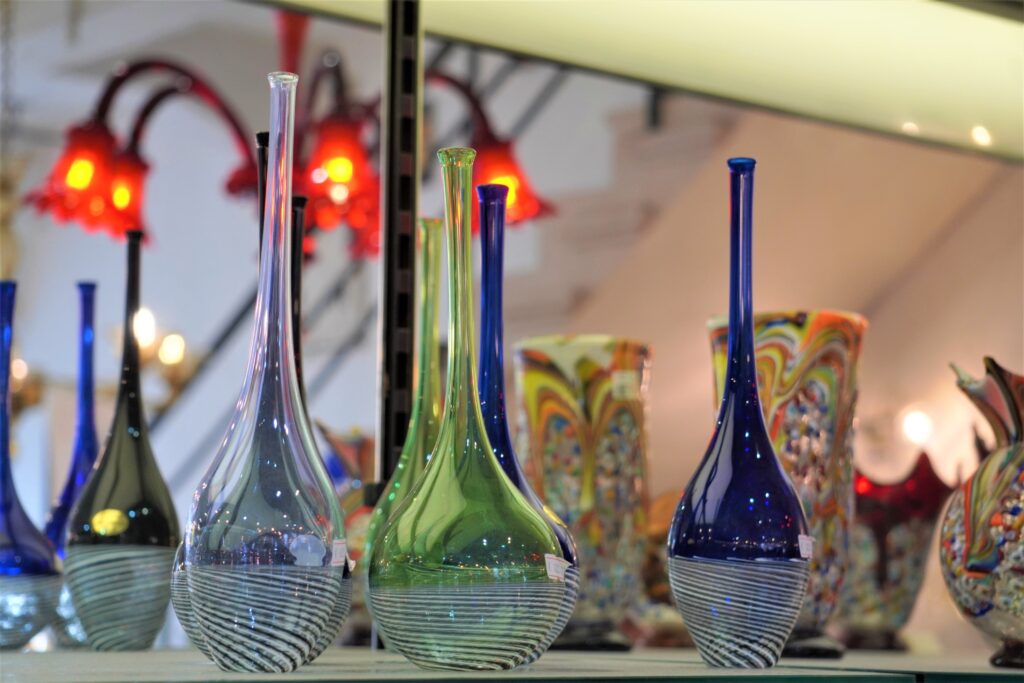Venice, one of the world’s most famous cities, has a rich history that dates back over a thousand years. Located in northeastern Italy, Venice is known for its canals, stunning architecture, and unique culture. One of the most significant aspects of Venice’s history is its connection to Murano glass, a unique and highly valued form of glassmaking that originated on the island of Murano, just a short distance from Venice.

The history of Venice can be traced back to the 5th century AD when people began to settle on a group of small islands in the lagoon of the Adriatic Sea. Over time, these islands were joined together to form the city of Venice. Venice quickly became a major trading hub, thanks to its strategic location between the East and the West. By the 12th century, Venice had established itself as a major power in the Mediterranean, controlling much of the trade between Europe and the Middle East.
As Venice grew in wealth and power, so too did its art and culture. The city became known for its stunning architecture, with buildings such as the Doge’s Palace and the Basilica di San Marco becoming iconic symbols of Venetian culture. Venice also became a center for the arts, with painters such as Titian, Tintoretto, and Bellini creating some of the most famous artworks of the Renaissance.
However, one of the most significant contributions of Venice to the art world is its connection to Murano glass. The tradition of glassmaking on the island of Murano dates back to the 13th century when the Venetian government ordered all glassmakers to move their workshops to Murano to prevent fires from destroying the wooden buildings in Venice. This move also served to protect the glassmaking trade from being copied by other countries. The Venetian government recognized the value of glassmaking and wanted to protect the trade secrets of the glassmakers. The glassmakers of Murano were highly skilled and experimented with different techniques to create new and unique pieces of glass.
Over time, Murano glass became known for its vibrant colors, intricate designs, and high quality. The art of Murano glassmaking continued to evolve over the centuries, with each generation of glassmakers building on the techniques and skills of their predecessors. The glassmakers of Murano experimented with new techniques, such as filigree and millefiori, which are still used today. They also created new styles of glass, such as the famous Venetian mirrors and chandeliers.
Today, Murano glass is recognized as one of the world’s most beautiful and valuable forms of glass. Each piece of Murano glass is unique and reflects the skill and artistry of the individual glassmaker who created it. Murano glass can be found in some of the world’s most prestigious museums and private collections, and it continues to be highly valued by collectors and art enthusiasts around the world.
In conclusion, the history of Venice is closely intertwined with the art of Murano glassmaking. Venice’s strategic location and wealth allowed it to become a major center for the arts, including glassmaking. The glassmakers of Murano were highly skilled and experimental, creating new and unique pieces of glass that are still highly valued today. Murano glass is a testament to the skill and artistry of these glassmakers and is a beautiful and valuable addition to any collection or home decor.

























